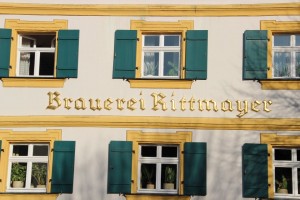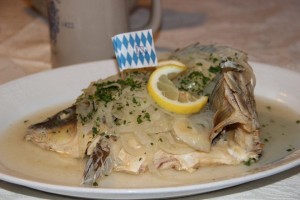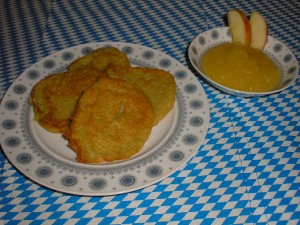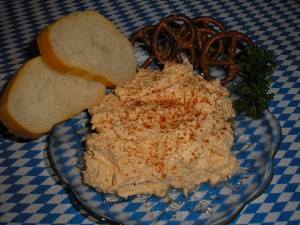After introducing the last two restaurants I realized that I should write about a specialty in Franken,
the Carp
We all heard about the invasion of the Asian Carp in our waterways and what is done to prevent them from entering our beautiful Great Lakes. According to some Chinese accounts that I read (no, I can not read Chinese, they were in English) there would actually be a market to commercially fish them here and sell them to China.
This brings me to the carp I grew up with. These fish are raised in ponds which are often man made. They were originally introduced by the Romans who brought them from Asia. I remember that the variety raised in Bavaria had very few scales and in our house it was “the” dish for the second Christmas Holiday, which meant that a couple of them were swimming in our bathtub until the day they were prepared for dinner. I was always told that, as they are bottom feeders keeping them in fresh water for a couple of days eliminated the musky, earthy taste from the fish.
In the Franken region you will find many restaurants specializing in this fish and they are very often prepared either as “Karpfen blau” or “Karpfen Müllerinnen Art”.
“Karpfen blau”or carp blue is best explained if you click at the recipe here for Steamed Trout, same thing different fish, served with creamed horseradish. We really suggest if you are visiting in Franken and it is the season be adventurous and try it, but please note that the fish is usually served with the head on and if you are squeamish about this have somebody remove it for you. That happened to my wife the first time she ordered it, but nowadays she got used to it.
“Karpfen Müllerinnen Art” (carp like the miller’s wife makes it). Supposedly started by a miller’s wife as she had the flour to dip the fish in and pan-fry it. Again in the region there you often find the same procedure done with rainbow trout.
It is considered Carp season in Franken from September to April, as a rule it is said that the season includes every month that contains the letter “R”



















